How to choose and reanimate rose seedlings?

Those people who really love flowers often fall prey to their addiction. If they don't buy everything in a row, they spend a lot, and not always scrupulously choosing plants. During the season in specialized stores, everything is lined with boxes of roses. I would like to buy both this and that. But the choice is not always a good one, and when a purchased plant needs to be reanimated, it is completely unclear how to do it.
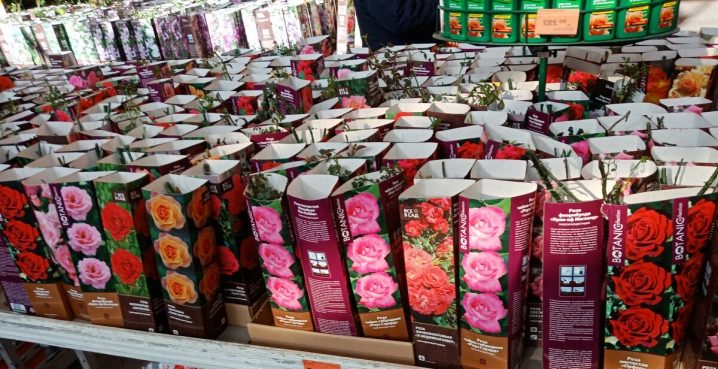
Nuances of choice
And it all starts with a choice in the store itself, the main thing is not to be led by emotions, but to consider the proposed product in a businesslike and impartial manner.
When choosing roses in a box, you should pay attention to the following points.
- Are there any broken shoots... Of course, the picture on the box and the beautiful description are very distracting. But in fact, you need to look not at this, but at the plant. If the seedling has broken off shoots, it is better not to touch it. Most likely, they broke off during transportation. Such a plant may not be saved.
- Color and condition of the shoots. Rose shoots are usually covered with a dense paraffin layer. And he does not allow to thoroughly examine the condition of the seedling. But black and withered shoots can still be seen. The wrinkled ones are no good either. Such a product should not be taken.
- Number of shoots. It is important to note how the seedling is developed. Two or three shoots that are developed normally are the minimum. But if the seedling is a lonely twig sticking out, its viability is low.
- Root system. All sections should have a white coloration. Black or softened fabrics (if any) can be cut off, and coal chips can be walked over the sections of the cut. Too long roots are cut off, the same zones of the root system that have died are removed.

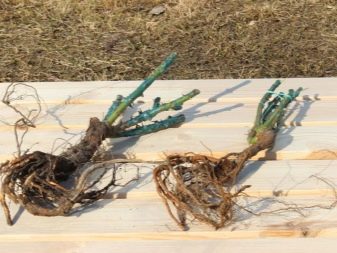
In principle, a non-professional can also distinguish a high-quality, healthy seedling from a sick one. But there are nuances. For example, flower growers advise buying grafted plants: they are better developed, give abundant flowering in the climate of the middle zone. Such seedlings will have at least a couple of matured shoots that are already lignified. Their bark should not be damaged. The root collar should have an equal diameter in all areas, not exceeding 0.8 cm.
When choosing a rose in a box, you need to look not so much at GOST and the description, but at exactly how the plant looks like and what is known about its variety.
If the varietal flower is southern, it will take root only in the southern region, there will be problems in the middle lane. Ideally, choose a grafted, self-rooted plant that does not look frail and has no visible external deformations. Do not be afraid of that wax substance, which is covered with purchased roses. It is wax or paraffin. As a rule, a fungicide is also present in the wax. All this is needed to protect a young flower from disease. And removing the waxy layer is not the right way to eat. Removing it means easily damaging the seedling. The buds will wake up and release the wax from the plant themselves.
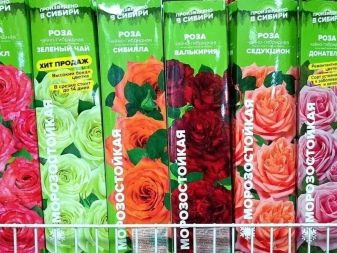
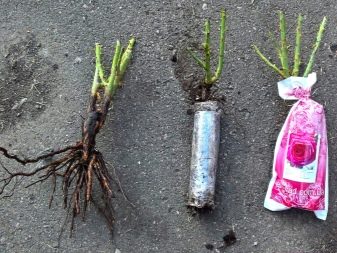
Resuscitation after purchase
Do not be afraid of this word - it is really possible to revive the flower. And there are many ways to do it. For example, they bought a plant, brought it home, examined it, but its shoots are dryish, the buds seem to be dead at all. But all is not lost.
Here's how to revive a rose.
-
Nutritious soil... It is necessary to make such a substrate in which there will be 2 kg of black soil, 1 kg of high-moor peat and water. And all this should be mushy in consistency. You can also add a growth stimulant there.And now all the damaged parts of the seedling must be cut off, the dried and deformed parts must be removed, and the roots of the plant must be placed in a container with this soil "porridge". From time to time you have to look at how the seedlings are there. Usually in 3-4 weeks the plant comes to life. And if everything is fine, it is transplanted into moist soil.
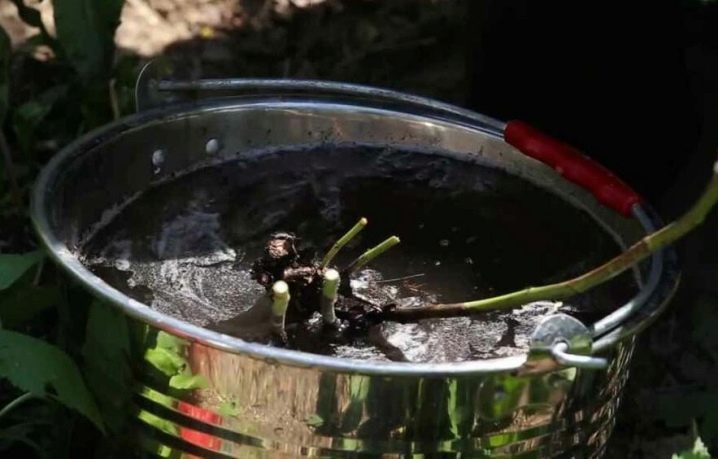
-
Energized... It can save not just semi-dry plants, but, it seems, even completely dried up, shriveled ones. First, you need to cut off the branches and roots according to the same principle as with nutrient soil. Then the rose is completely sent to the solution from the biostimulator to stay in it for half a day. And after that, it can be immediately sent to a place of constant growth. It is worth adding humus and peat to the pit in a bucket. The place itself must be shaded. Then you can continue to feed the rose with "Kornevin" according to the instructions.
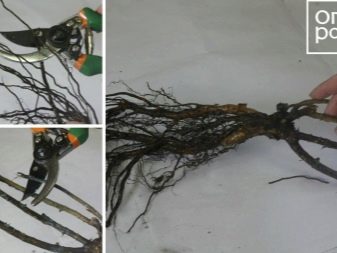

- Water bath. This method is considered the most urgent, it is used when everything else does not work. For dried seedlings, this method is comparable to shock therapy, but the main thing is to help. After trimming the roots and shoots, the plant must be soaked in water with a temperature of +40, where the root-forming agent has already been added. The flower lays there for 2, or even 3 days. Then the seedling (often two years old) is sent into a bucket, covered with a warm blanket on top. Everything is poured with hot water, a shower is used, and then a bag is put on a bucket with a blanket. And all this is very fast. This procedure can be done every day if the blanket is completely cold. The kidneys usually wake up after a few days. But if it didn't help, then that's it - the seedling died.
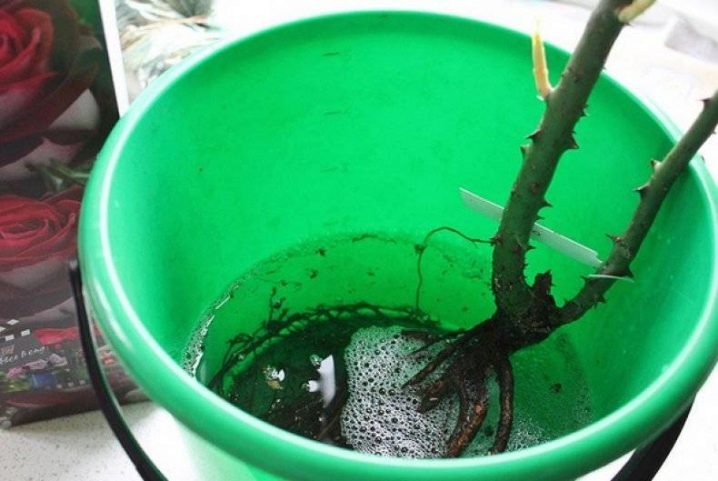
There are also the opposite situations, for example, the kidneys started to grow ahead of time. That is, the growth has begun, but it is too early to plant the plant in open ground. What a florist should do is to postpone, as far as it turns out, the moment the leaves unfold. It is necessary to pay attention to what exactly the size of the kidney.
If less than 10 mm, roses are simply added dropwise. If there is still snow and the ground is frozen, you need to make a small hole in the snow and put the plant there right in the package. That is, there is no need to disturb the roots. Then the rose is sprinkled on top with a vegetable substrate (more reliable - a store one). And to strengthen the protection, you can insulate it all with spunbond from above. It gets warmer - and the seedlings can be planted according to the standard scheme.

But if the length of new shoots is already more than 1 cm, they have a place on the bottom shelf of the refrigerator... Only first you need to put them in a suitable container and sprinkle the roots with peat. If the bark is dry, you can sprinkle it with cool water. You cannot water a near-root earthen lump, only spray it (otherwise everything will die). The shoots must be wrapped in paper, and then in polyethylene. And this composition is sent to the refrigerator.
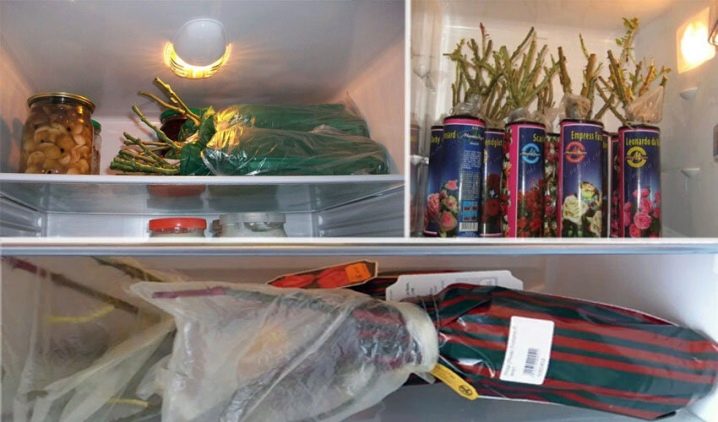
The above procedure is only suitable for February or March. The kidneys will grow at a positive temperature, so the process must be strictly controlled. If the length of the green shoots is even more than 2 cm, and white roots began to form on the roots, you will have to plant the seedlings in some pots. And as soon as the weather stabilizes - to land on the street.
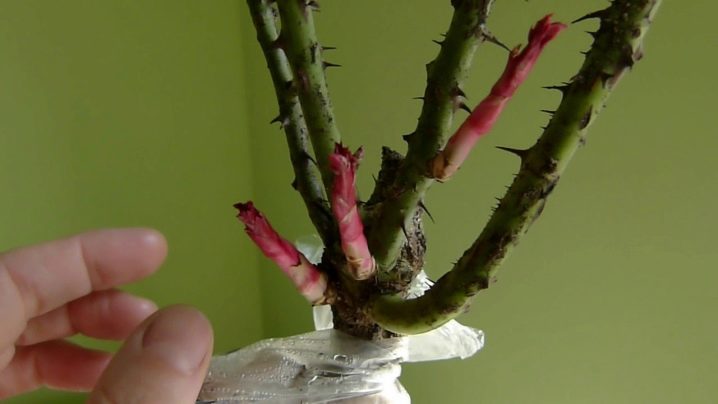
Landing nuances
Everything is much simpler here, and if the plant has survived to this moment, there should be no problems.
Things to remember about landing:
- the vaccination site must be deepened by 2-4 cm, only with a temporary transplant it is difficult to do this (for example, the roots are long);
- carefully it is necessary to distribute the roots in the ground, and then abundantly shed the planting site;
- if we are talking about seedlings, the "Fitosporin" solution will definitely not be superfluous, it is organic, which means that there is no need to fear an overdose;
- a solution of the color of a saturated tea brew - this is what a properly diluted preparation looks like;
- there is no need to separately compact the soil, when spilled, the roots themselves will be able to find contact with the ground;
- as the soil subsides, the earth can be added.
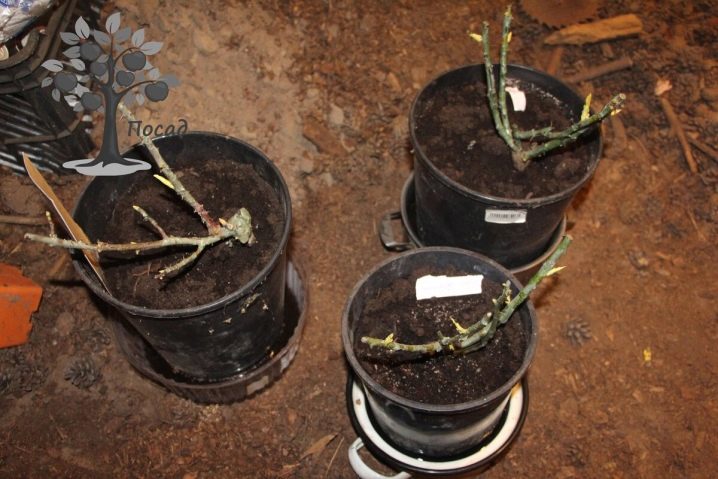
Growing roses in pots (that is, temporary overexposure) requires a temperature of no higher than +15. That is, in the conditions of an apartment / house, this is a loggia, a balcony, a cool terrace. The first days the plant must be protected from the open sun, removed to a bright place, but this light must be diffused. But after a few days, the roses will, on the contrary, have to be displayed on the most lighted windowsill. Roses at this time need active sunlight and coolness.
If at this time the flowers growing in pots do not receive enough light and are in too warm conditions, they will bump into active growth, but they will be weak. Elongated shoots, alas, are not viable in summer. This applies to both bush roses and climbing roses. Such a plant transplanted into the ground is sick, it is very difficult to take root.

Where to store until disembarkation?
For example, roses were sent from an online store back in February. They are sleeping, and what to do is not clear. The best option would be to keep them in the cold until the very moment of disembarkation. So the rest period will last. The rose can be packed in several layers of paper, put in the refrigerator (the most accessible place), can be carried to a cold veranda. Or bury it under a thick layer of snow.
But if the sprouts are already awake, things get more complicated. Yes, the rose has its own supply: some sprouts freeze, later others wake up in their place. But only the flower still suffers, therefore the best solution is plant a rose for a while in a pot. Well, in a private house, it is better to just bury a sleeping rose under the snow. And it is easier to do this in a shady place where there is almost no sun, and the snow will not melt for a long time.
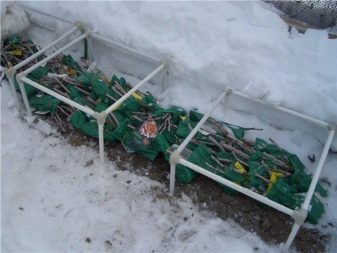
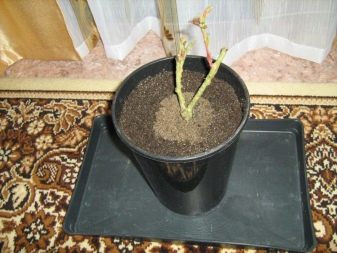
Successful cultivation and successful reanimation of roses!

































































































The comment was sent successfully.